|
Soon I will be backing my famous Christmas stollen and I will be taking a well-deserved break from my business from the 24th of December until the 9th of January. I will only briefly return on the 3rd of January for the sign-up of the third run of my medieval embroidery course. And as there are a few things a bit different this year, please read on if you are thinking of signing up. As it doesn't look like covid is leaving us anytime soon, my studio will stay closed during 2022. Unfortunately, there is a lot of vaccination scepsis in my beautiful alpine village with more than a third of all adults not being vaccinated. Having students, who come from all over Germany, the Netherlands, Austria and Switzerland, attend courses in my studio (other than my husband and I, none of the other parties in our apartment block are vaccinated) is a risk I am not willing to take. As an alternative, I hope to be able to teach at the Alpine Experience in June. Especially for my German-speaking students, I am planning a two-day weekend course at the open air museum Glentleiten. As soon as I have more details, I will publish them here. And now on to some important information on the Medieval Goldwork Course and my webshop! The second run of my Medieval Goldwork Course has been a great success. As you know, the course is very much an interactive affair as the students are part of my ongoing research project. None of the medieval embroiderers left us an instruction book. This means that there is less known about the "how" as you might think. During the second run, we felt that some things were not quite right yet. Modifications have been made for the third run and I am excited to see if we are right this time. This also means that it is important that, if you sign up for the course, you do participate. I therefore kindly ask you not to sign up if you know that your circumstances are too busy for this in-depth academic course. Equally, if you are only looking to learn goldwork embroidery techniques, but you are not interested in using the materials provided as they might be a little more cumbersome than the stuff you have in your stash, I kindly ask you to not sign up. There are plenty of other embroidery teachers out there that teach goldwork embroidery. If you are a curious person with a taste for medieval history and goldwork embroidery: I'd love for you to sign up! All details on the upcoming course can be found here. As I am finally growing up as a business, I'll need to implement many changes to my webshop. The biggest change will be adding 19% VAT to all prices. To avoid this price increase, you might want to shop before midnight on the 31st of December! As shipping prices outside the EU are still ridiculously high, I will no longer sell fragile objects such as goldthreads. Currently, you have the option to have your items shipped in a padded envelope or as a parcel. When you click between the options it clearly states that you should not use the much cheaper padded envelope for fragile objects. Guess what? I am shipping purl and other delicate goldthreads in padded envelopes all the time. And I have to deal with the complaints too :(. In order to make all the changes, my webshop will be closed from midnight 31st of December until as long as it takes :). When everything goes to plan, the webshop will be up and running again on the 2nd of January. Brexit, my nemesis. I have written about this before: due to Brexit and me finally becoming a real business, I am no longer able to sell to the UK after midnight on the 31st of December. This means that things like downloadable ebooks and patterns can no longer be automated. The current automated setup would mean that customers from the UK can still purchase and download, but I am legally required to return their money... The new setup will be that I will email your digital product during business hours. Likely, I will not be able to stuff all loopholes regarding my webshop. This means that I will have to cancel any purchase with a payment or shipping link to the UK. I feel gutted about this, but this is the reality for small businesses like mine who cannot afford the financial and legal steps that are required by the UK government. That's all for now. Thank you for your support during 2021 and please keep up the good work in 2022! Wishing you a lovely holiday season from snowy Bad Bayersoien.
15 Comments
As we have typical winter weather here in southern Bavaria, I decided to use my Sunday for some uninterrupted me-stitching. No work on course samples, lectures, my website, administration etc. Just me and my needle. And apart from doing laundry, cooking lunch and baking bread, it was indeed uninterrupted :). To show you my progress on the or nue on St Nick, I decided to take a picture at the top of every hour. Enjoy! For the or nue on St Nick, I am using Stech vergoldet 80/90 by M. Maurer which is comparable to gilt passing thread #4. As the silk in or nue covers most of the gold foil, I like to use up all those pieces of goldthread that are no longer in pristine condition. The silk I am using is Chinese flat silk from Oriental Cultures. On Saturday evening, I lectured on the origins of or nue for the Embroiderers' Guild of America. The week before, I held a lecture on the development of medieval embroidery for the San Francisco School of Needlework and Design. Both lectures were very well attended and a great success. Personally, I really like the Q&A at the end. It sharpens my mind and offers new perspectives.
If you would like to book a lecture for your guild or embroidery group, please contact me. I am also looking into organising lectures myself. Do let me know in the comments if you would be interested. In principle, I can lecture in English, German or Dutch. It takes me about a full week to make a lecture from scratch. Now that the frameworks are up, I only need to modify them as my research progresses (or translate them, if there is a market for that). As making these lectures has been a lot of work and will continue to require some work, they will not be offered for free. Upcoming lectures are advertised on this page. Do let me know what you think! Today, we are going to revisit the Uta-chasuble in Marienberg Abbey in Southern Tyrol (Italy). I originally visited the small museum in 2017, but I was never able to lay my hands on a publication. Last week, however, I found the only publication on this extraordinary piece in my favourite second-hand bookstore on the internet. So here comes my updated blog post on the Uta-chasuble. During my second trip to Northern Italy, I visited the Benedictine Abbey of Marienberg in Mals. Their museum is also part of the exhibition 'Samt und Seide 1000-1914: Eine Reise durch das historische Tirol' curated by the European Textile Academy (you can read about my first trip here). This museum houses one of the crown jewels of medieval embroidery in Europe: the Uta chasuble stitched around 1160 AD. To give you an idea of its importance, the oldest pieces in the famous 'Opus Anglicanum' exhibition in the Victoria & Albert museum in 2016/2017 were a seal bag from 1100-40 AD and several embroidered fragments from 1150-1200 AD. The oldest embroidered complete chasuble in the exhibition was the Clare Chasuble from 1272-94 AD! Similarly, the oldest embroidered chasubles in the exhibition 'Middeleeuwse borduurkunst uit de Nederlanden' in the Catharijneconvent in Utrecht in the Netherlands in 2015 is dated to the late 15th century. High time I introduced you to the Uta-Chasuble! The above pictures show you the Uta-Chasuble from the front and the back. In the right picture, you also see the matching stole. The embroidery shows a tree of life spread all over the chasuble. Inside the top part of the forked cross, you see Jesus inside the mandorla flanked by two angels and several stars and crowns. Jesus is seated on a throne, holding a book in his left hand and raising his right hand in a blessing. This is the so-called Christ Pantocrator. On the back of the chasuble, we see the Agnus Dei flanked by the symbols of the evangelists. The evangelists are portrayed as winged figures on which only the heads differ (Matthew man, Mark lion, Luke ox and John eagle). Originally, the chasuble would have been a bell chasuble. At some point, probably in the 14th or 15th-century, the sides were cut for easier movement. Here you see a detail of the back of the chasuble, just inside the forked cross, showing two of the winged evangelists. You can see every silken stitch (they are between 2-7 mm long). In the literature, the stitch is described as alternating rows of stem stitch. However, I think the stitch is brick stitch. This was a stitch particularly popular in the German-speaking areas. You can also see the faint lines of the original drawing. It looks like the design drawing was done free-hand. There is also some couching with metal thread left on the winged evangelists (single metal thread couched with red silk). Two different types of gold thread were used in the embroidery: Membrane gold with a white linen core and gilt silver foil wrapped around a yellow silken core. These parts of the embroidery are so well preserved because a forked cross was appliqued onto the embroidery. This forked cross was made by cutting up a precious piece of lampas silk. This silk came from Persia and dates to the 10th or 11th-century and is thus much older than the chasuble. The pattern on the purple silk consists of pairs of parrots. These birds are framed with circles filled with Kufic script and small animals. Now, why would you cover parts of your embroidery with pieces of silk? Once the silk was taken off the chasuble it revealed that they covered the seams between the different parts of the chasuble. It turns out that the chasuble consists of seven separate pieces. And they were clearly embroidered by different people. When they stitched the embroidered pieces together to form the chasuble, the difference in stitch length and direction was far too noticeable. That's why the seams were covered with the strips of silk. Here you see one of the angels flanking Jesus inside the mandorla. Pattern couching is present on Jesus' clothing. Instead of the now common bricking pattern, the couching pattern forms a slanting line. This pattern can be seen more often in medieval goldwork embroidery. The colour palette for the silk embroidery on the fine linen background (43-58 ct) is quite restricted: red, yellow, blue and brown. Accompanying the chasuble is a matching stola showing saints. In the picture on the left, you see St. Panafreta, one of the 11.000 virgins following St. Ursula to her martyrdom in Cologne. On the right, you see St. Datheus. He was archbishop of Milan and opened the first home for abandoned children in 787 AD.
Oral history claims that the chasuble was stitched by Uta von Tarasp and her ladies. Uta and her husband Ulrich were the beneficiaries of Marienberg Abbey. But who drew the pattern? Was it the same person who painted the frescoes in the Abbey Crypt? And where were the precious embroidery threads coming from? A large quantity of consistently spun and dyed silk thread as well as metal threads. Apparently, the silk threads came from Sicily. Did Uta and her ladies work the chasuble on large embroidery frames in a room in Tarasp castle? How was the work divided amongst the women? How fine were their needles? Did they have artificial lighting or could they only work in daylight? Would there be music played or a book read aloud when they were working? Let me know what you think! Literature Hörmann-Weingartner, M., 2004. Die Uta-Kasel in Kloster Marienberg, in: Stampfer, H. (Ed.), Romanische Wandmalerei im Alpenraum. Veröffentlichungen des Südtiroler Kulturinstitutes 4. Südtiroler Kulturinstitut, Bozen, pp. 129–148. |
Want to keep up with my embroidery adventures? Sign up for my weekly Newsletter to get notified of new blogs, courses and workshops!
Liked my blog? Please consider making a donation or becoming a Patron so that I can keep up the good work and my blog ad-free!
Categories
All
Archives
July 2024
|
Contact: info(at)jessicagrimm.com
Copyright Dr Jessica M. Grimm - Mandlweg 3, 82488 Ettal, Deutschland - +49(0)8822 2782219 (Monday, Tuesday, Friday & Saturday 9.00-17.00 CET)
Impressum - Legal Notice - Datenschutzerklärung - Privacy Policy - Webshop ABG - Widerrufsrecht - Disclaimer
Copyright Dr Jessica M. Grimm - Mandlweg 3, 82488 Ettal, Deutschland - +49(0)8822 2782219 (Monday, Tuesday, Friday & Saturday 9.00-17.00 CET)
Impressum - Legal Notice - Datenschutzerklärung - Privacy Policy - Webshop ABG - Widerrufsrecht - Disclaimer

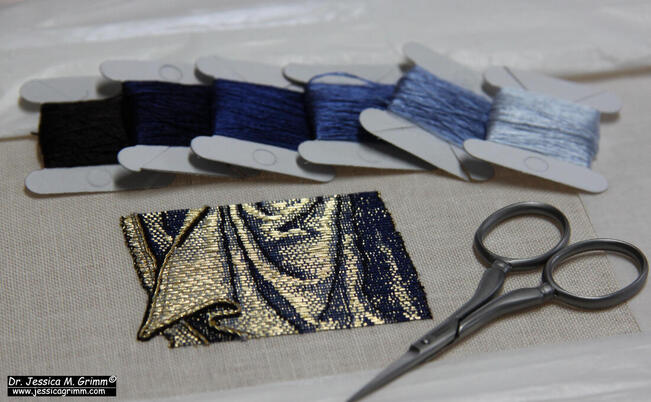
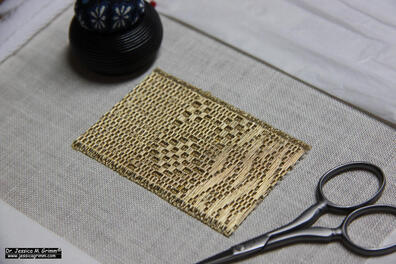
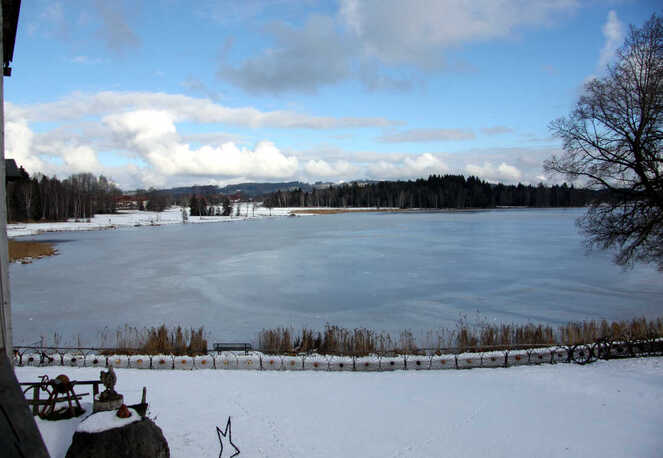

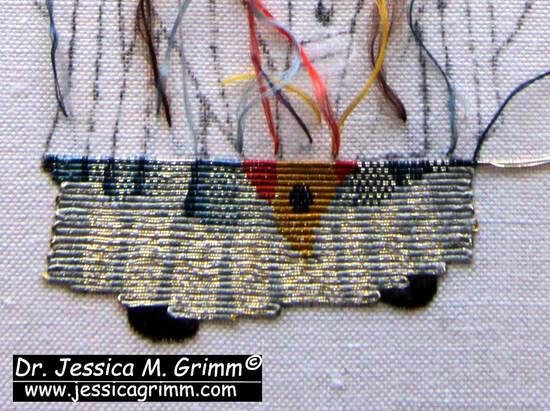
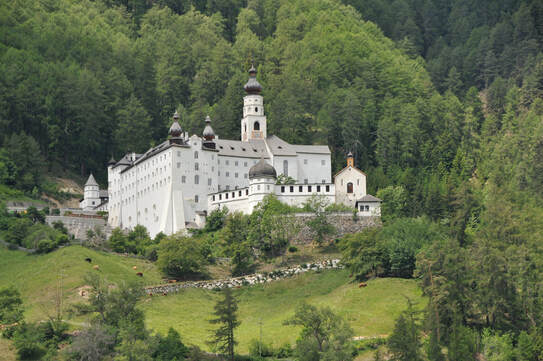
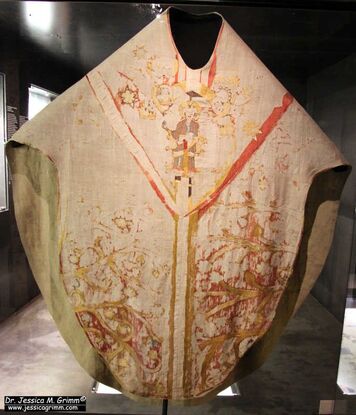
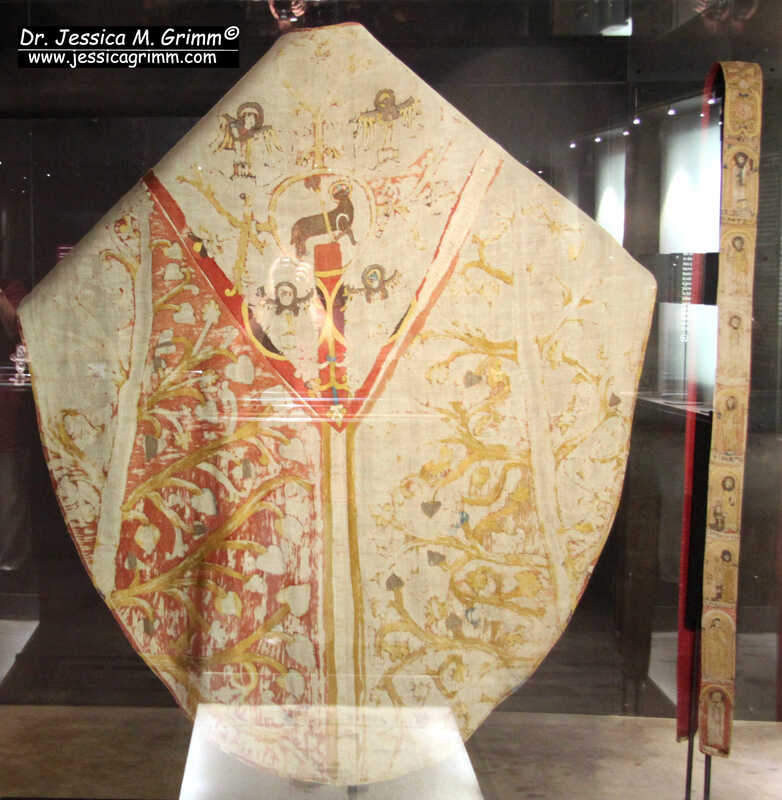
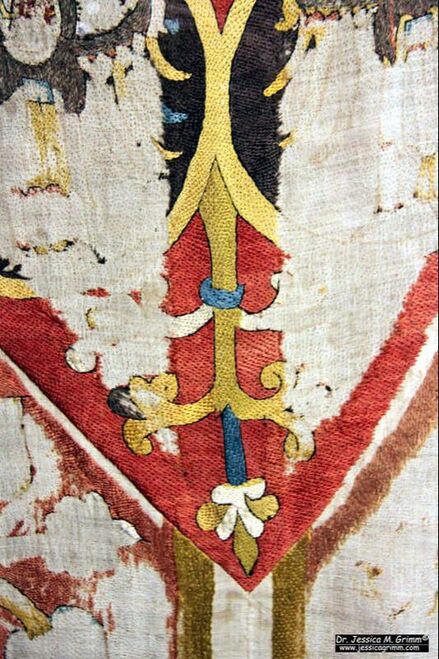
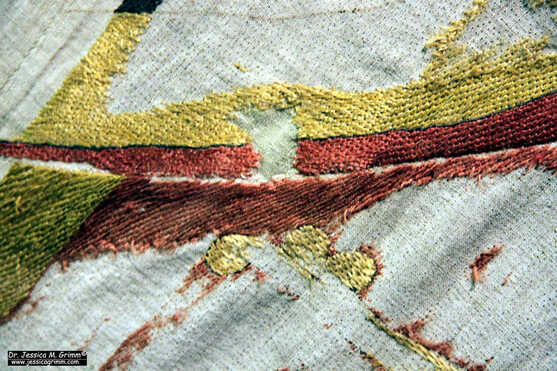
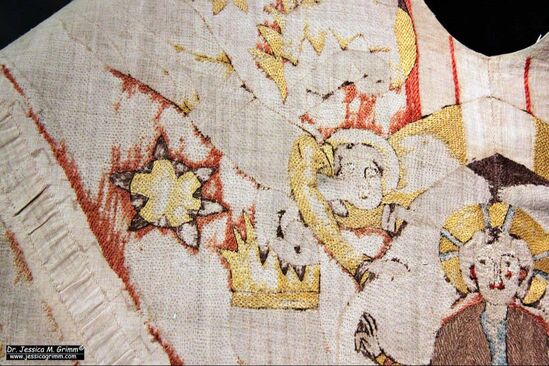
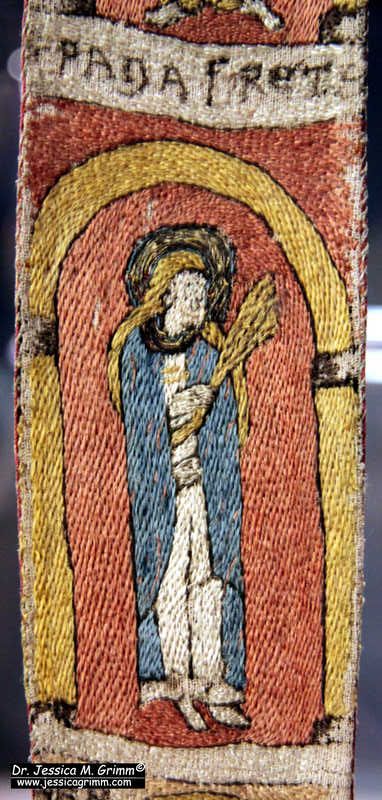
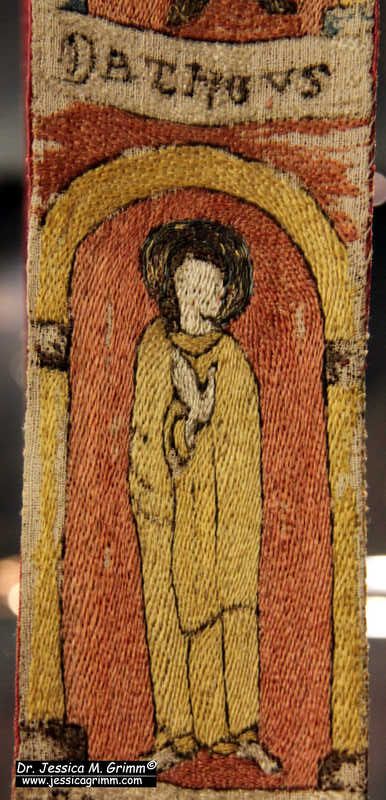
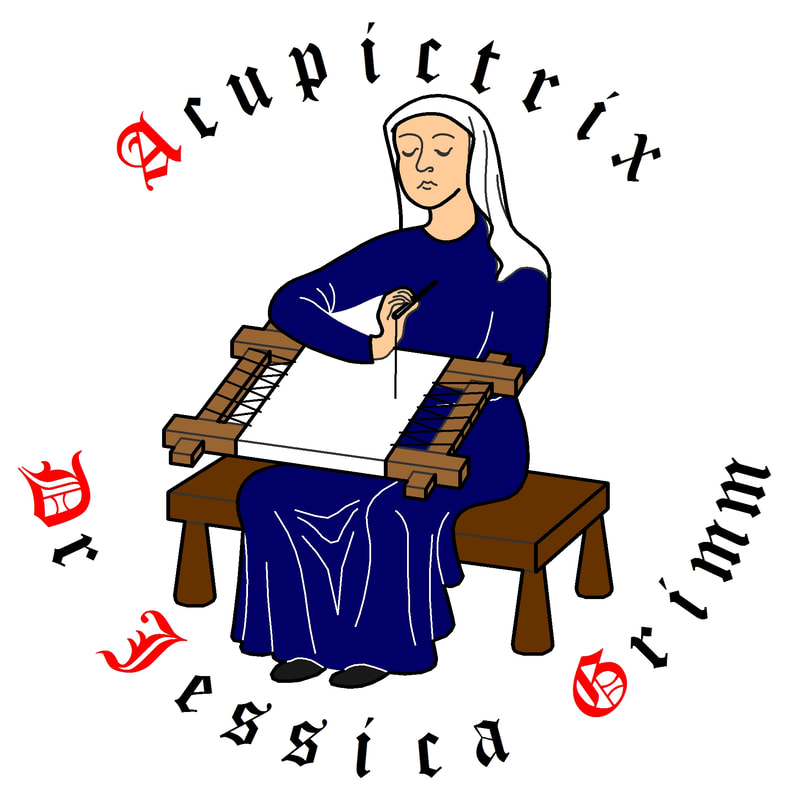


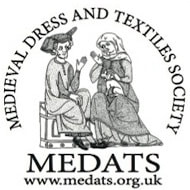
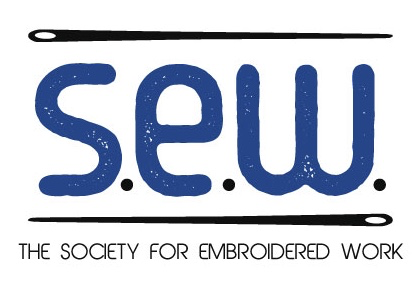
 RSS Feed
RSS Feed